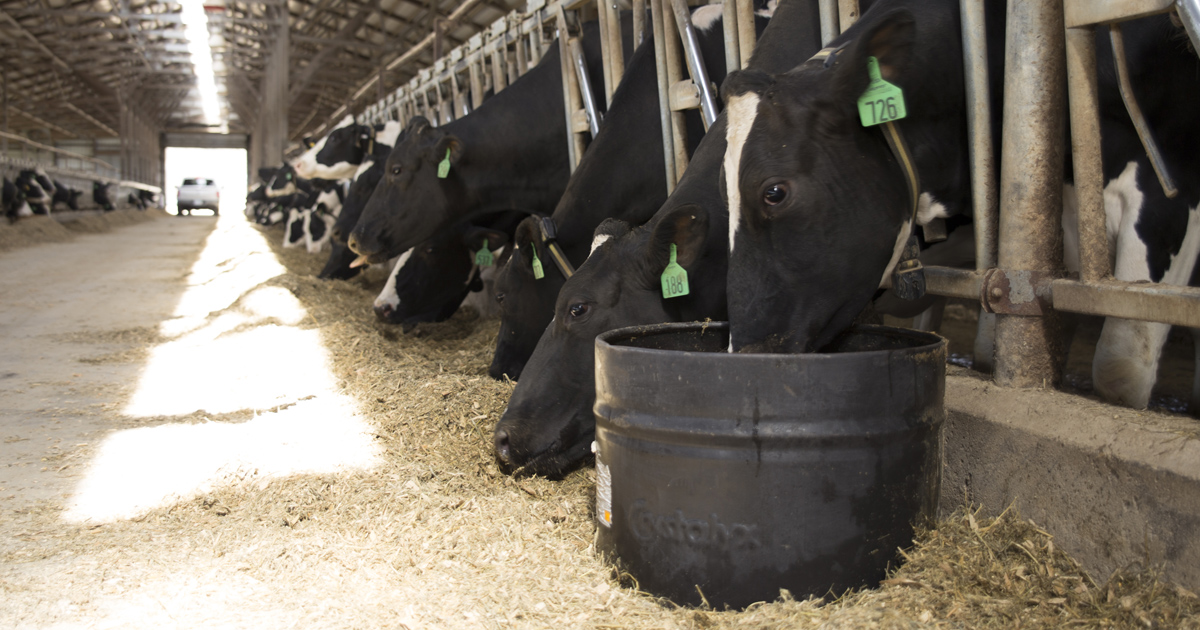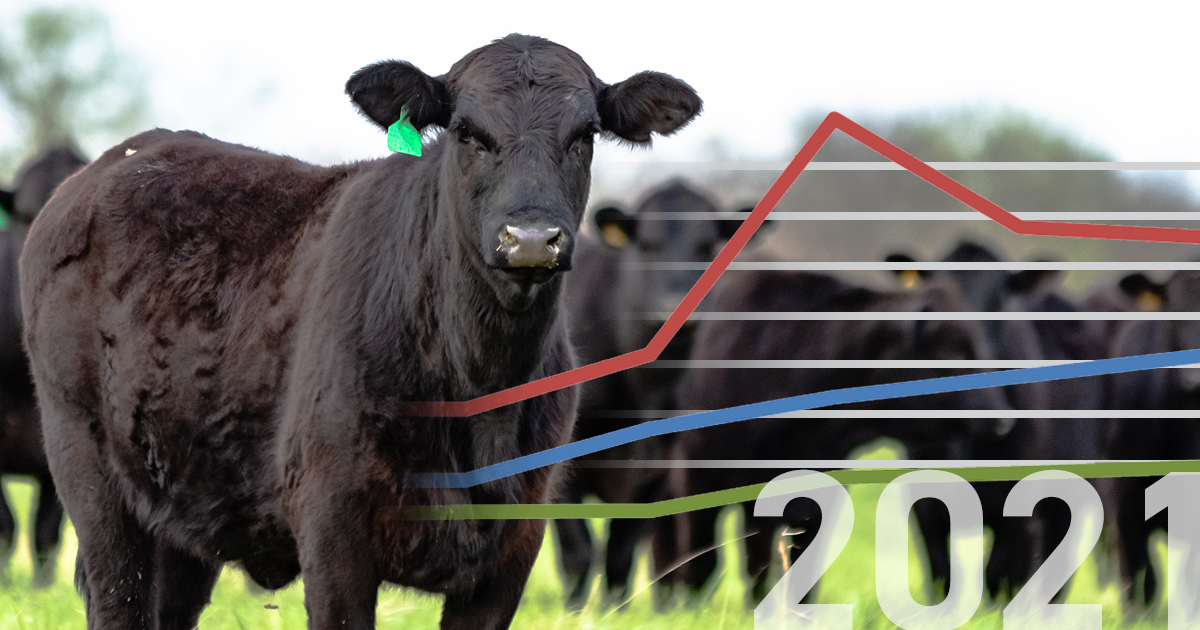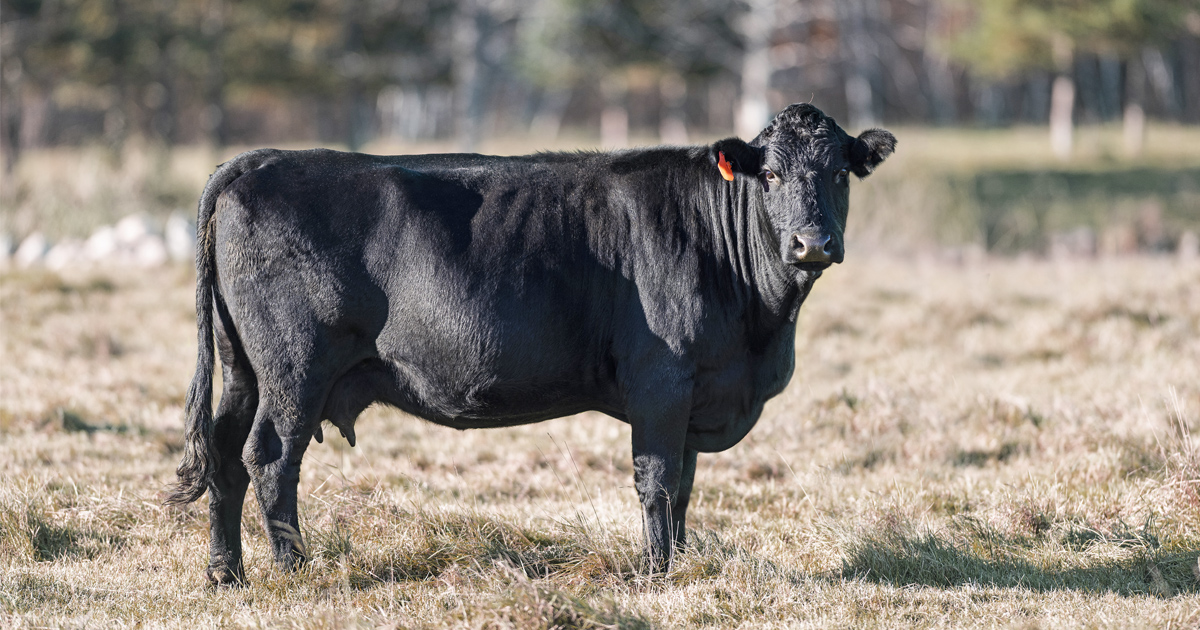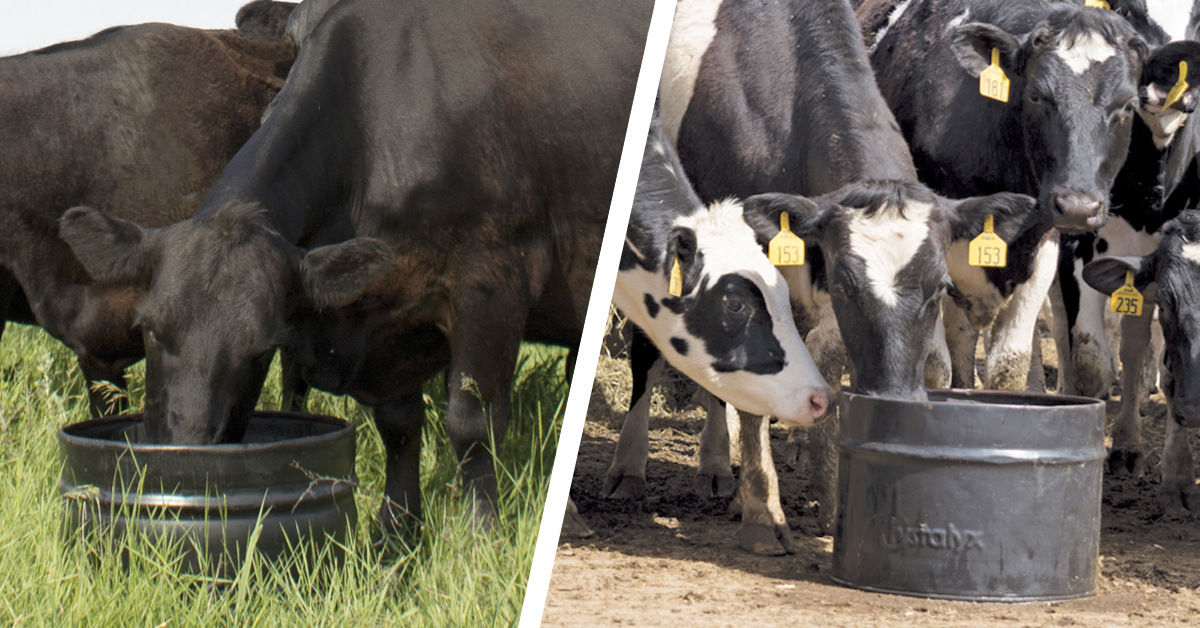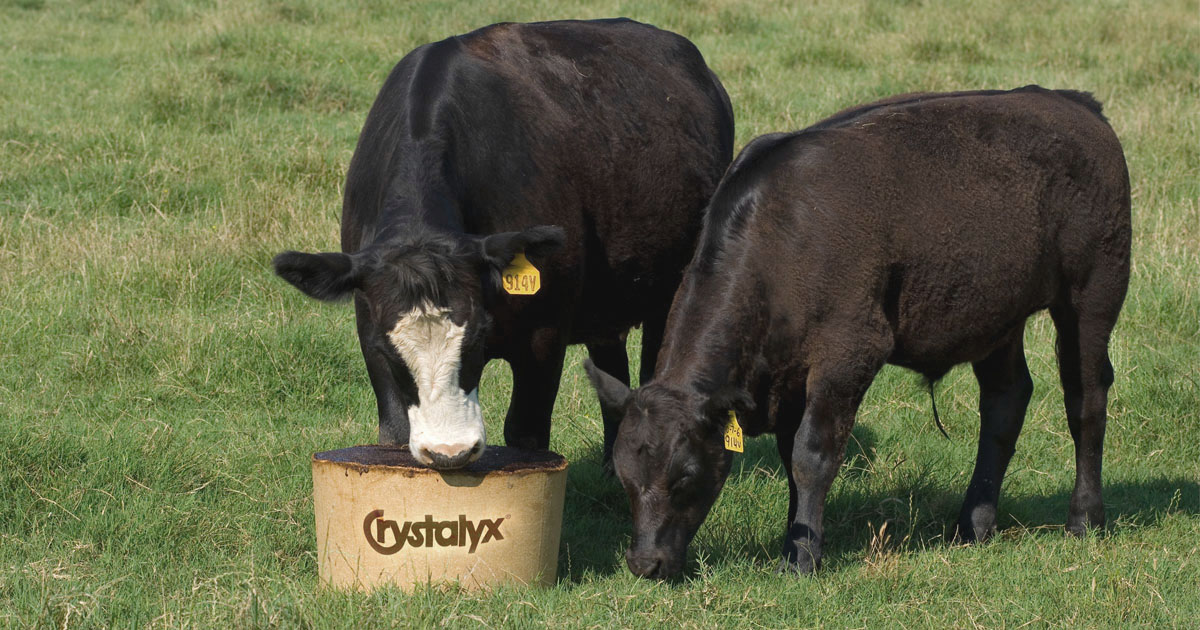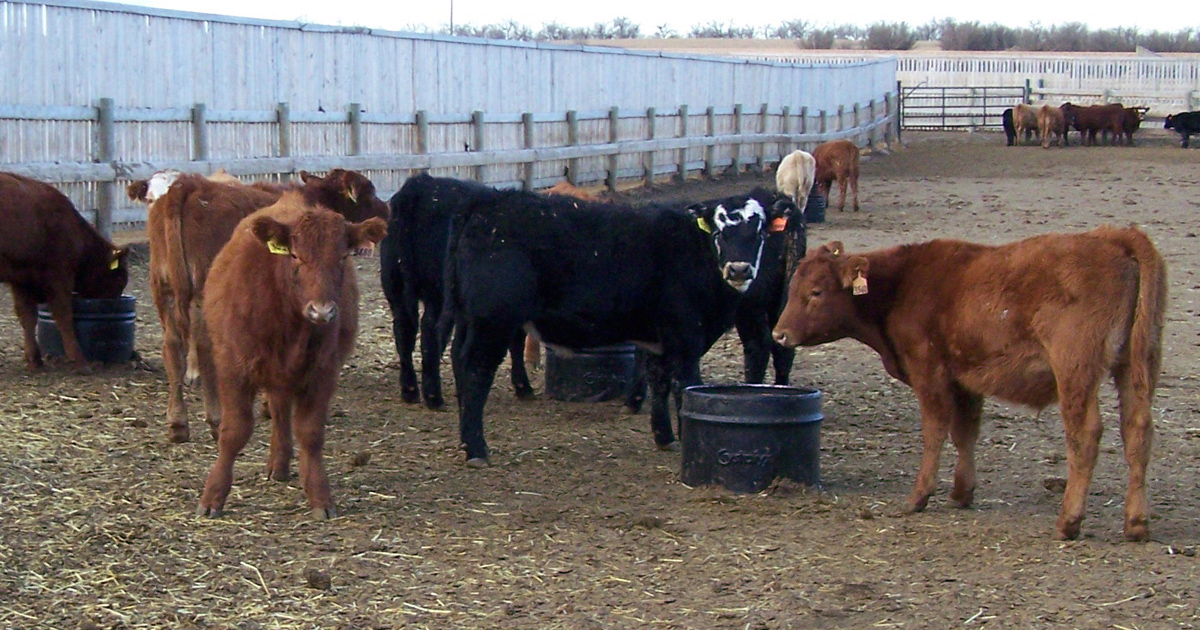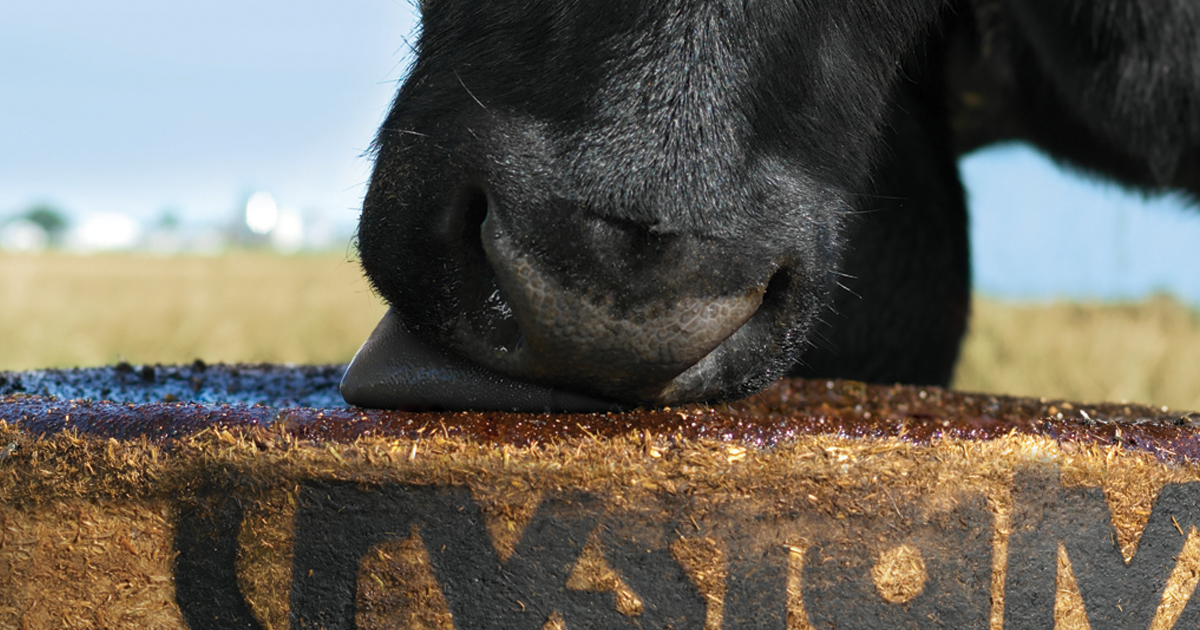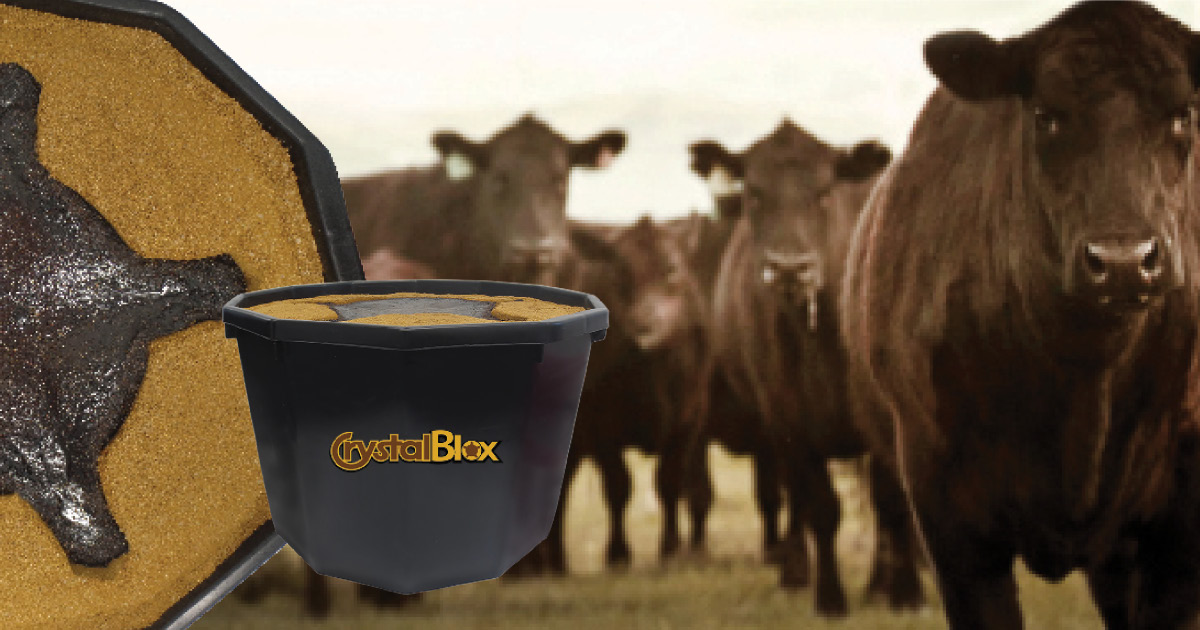For over 40 years, dairy farms and dairy nutritionists have used CRYSTALYX dairy formulas to improve animal performance with consistent nutrient delivery regardless of the many variations that exist on every dairy. We are excited to announce that these core dairy products will be moving to a Blueprint fortification. This is part of our commitment to our customers to provide — and continually improve — the highest-quality nutrition through innovation.
Hindsight is 2020: Moving forward into the new year
As we close out the year, I have heard many people comment that the best day of 2020 may be Dec. 31, when we said goodbye to this year and welcome the new year with open arms. We will surely not forget 2020, which has been a year for the history books. I’m sure we can all think of a long list of challenges that this year has presented — but what if, instead, we focus on the positives this year has brought us?
Beef cow body condition score: Impact on cow longevity
The top reason a cow leaves the breeding herd is due to reproductive failure — either failing to produce a calf or falling out of the desired calving season. The long-term profitability of the operation is directly tied to maintaining cows in the herd for as long as possible and producing a calf every year. Unlike the current cattle cycle and calf prices, managing reproductive performance and maximizing weaning weights are factors within your contro
The long history of CRYSTALYX Brand Supplements
The history of CRYSTALYX low-moisture blocks goes back more than 44 years, to a patent originally obtained by Carl O. McKenzie. Legend has it that he got the idea while observing how hard candy was made at Knott’s Berry Farm. The patent was submitted in 1974 and was approved on June 1, 1976. This patent describes the batch process by which we still make CRYSTALYX today.
Blueprint: Improving health and productivity in beef and dairy herds
Now that election day is behind us, this seems like a great time to change focus and look at what we can do together to improve the health and productivity of our livestock. I enjoy reading books on history and am amazed at how much dissention there was in the early days of our American history (not dissimilar to where we are today), when political parties were just getting started.
Don’t miss out on time-saving innovations: Biodegradable BioBarrel container
As we look across any industry, or even life in general, we see many new inventions that save time or that allow us to do more with our existing time. Smartphones, video conferencing, online shopping and home delivery all allow us to do more with less time.
Supplement strategies for cattle grazing cornstalks: Meeting nutrient demands
A common practice this time of year is to graze crop aftermath residue, such as corn residue following harvest. There are numerous blogs, popular press articles and extension bulletins about such practices, and some make them sound somewhat novel — but these practices are anything but new.
Lowering your risk: CRYSTALYX cattle stress-fighting products
With the current COVID-19 pandemic, there is more of a focus on the health and well-being of the population — especially high-risk groups. As we move into fall, there is also concern about the flu adding complications to COVID-19. Fortunately, the things we do to prevent and control the spread of COVID-19 also apply to controlling the flu.
Performance is served: Why there’s no better barrel
At CRYSTALYX, we are excited to be launching a new campaign, “Performance is Served.” This campaign describes not only our CRYSTALYX brand but also the positive results customers can expect — and here’s why.
Filling in the gaps: Meeting cattle nutritional needs while keeping costs down
In the world of self-fed block supplementation, there have not been many new block forms introduced over the past few decades. While overall nutritional profiles have gone through some significant evolutions during that period of time, the types of blocks available in the marketplace have not changed much.
